When it comes to achieving peak athletic performance, every detail matters. From perfecting form to fine-tuning a training regimen, athletes constantly seek ways to gain an extra edge.
Whether you’re a seasoned athlete looking to enhance your performance or someone hitting the gym for the first time, understanding macro tracking basics can be the key to unlocking your full athletic potential.
Today, we’re breaking down the role protein, carbs, and fat play in performance, how to calculate and track your macros, how macro tracking can support your athletic goals, and the most common macro tracking questions and challenges.
Understanding Macros
Macronutrients (or macros) make up the calories you eat. So, counting macros is a more precise and effective way to count calories.
Three macronutrients—protein, carbohydrates, and fats—play different roles in your body, especially regarding athletic performance.
The Role of Protein in Performance
Protein is responsible for muscle growth, healing from illness, cell recovery, and more. At Working Against Gravity, we recommend that athletes eat a minimum of 0.8-1.2g of protein per pound of body weight—potentially higher if you’re looking for extreme leanness.
Aim to eat lean protein (or protein shakes) in your meals and snacks immediately before and after your workout to help your body utilize that protein more efficiently.
The Role of Carbohydrates in Performance
Carbohydrates are your body’s preferred energy source for athletic activity. They’re stored and used in your liver to maintain blood sugar and in your muscles to fuel movement, exercise, and recovery.
Focus on quick-digesting, lower-fiber carbohydrate sources before and after your training sessions to aid energy and recovery.
The Role of Fat in Performance
Dietary fat aids in healthy hormone production and helps your body absorb fat-soluble vitamins (A, D, E, and K). Omega-3 fatty acids—found primarily in fatty fish, nuts, seeds, and egg yolks—support joint health, digestion, brain function, and cardiovascular health.
Fat slows down the digestion of the foods you eat it with. Keep fat intake low around your workouts, and eat your highest-fat foods in meals farthest from your training sessions to allow your body to utilize carbs and protein quickly.
How to Calculate Your Macros
Now that you know each macronutrient's role in your body, it’s time to figure out how many you need each day.
Setting macros is an art. You can throw your information into an online calculator and use what it spits out. However, working with an experienced coach will ensure you get your desired results with minimal frustration.
Working Against Gravity coaches have over a decade of experience working with athletes and creating personalized macro prescriptions based on food preferences, training frequency, intensity, competition schedule, workout routine, and more.
Setting Your Goals
Before determining your unique macronutrient needs, you must get clear on your goals.
Are you cutting for a meet? Putting on muscle during the CrossFit off-season? Trying to optimize performance while dropping fat for aesthetic reasons? (Need a place to start? This article will help you decide.)
Using the WAG Macro Calculator
The Working Against Gravity Macro Calculator will walk you through the steps to set your own macros. Again, we recommend offloading this to a pro, but it is a good starting place.
Things to consider when calculating your macros
Your Goals
Calorie intakes, deficits, and surpluses are individualized and depend on your goals. Here are a few examples we often see:
- You may need a larger deficit if you have a stricter timeline (e.g., you have a hard cut for an imminent weightlifting competition).
- Stay at or slightly above maintenance if you want to optimize your performance for a competition or competition season,
- You may need a small surplus if your main goal is muscle gain while minimizing fat gain.
- A small deficit is likely the best way to lean out while keeping performance and recovery as strong as possible.
Food Preferences
The “best” plan is the plan you can stick to long term. Once you determine an appropriate protein intake, consider adjusting carb and fat ratios based on the types of foods you enjoy most. If you love high-fat foods, start with a higher daily calorie percentage from fat, see how you feel, and adjust if necessary.
Sex
Females generally respond more negatively to a low fat intake than males. We recommend keeping fat at or above 25% of daily calories to support optimal hormonal levels.
Fiber Intake
Fiber is primarily found in carbohydrate sources. Setting a fiber target helps encourage whole food intake, supports gut health, and more. Aim to get at least 10g of fiber per 1000 prescribed calories (generally 25-30g/day).
How To Track Your Macros
Now that you’ve calculated your daily macro targets, you’re likely wondering how to actually track them.
Tracking Apps
Apps like MyFitnessPal and MacrosFirst help you determine the macros in your food, track what you eat, and keep tabs on how many macros you have left. WAG’s custom coaching software, Seismic, syncs directly with these popular tracking apps so your coach can see what you’re eating and give you specific feedback and recommendations.
Are you new to macro tracking? These tutorials will help you out:
Measuring Your Food
Measuring your food on a scale using grams and ounces is the most accurate option. But as you get started, you can use cups and spoons if that feels more manageable. Manageable means sustainable.
As you measure, enter the weights in your food tracking app to see how many macros are in your meal. The 18 Tips & Tricks at the end of the WAG Macro Calculator has a few more helpful strategies as you get going.
Monitoring Progress and Athletic Performance
Knowing your starting macros is just that—a start. From there, you need to assess progress accurately.
How to Measure Progress Correctly
Ensure you take body weight, measurements, and progress photos correctly. This article shares best practices and things to remember to ensure you use these metrics to make knowledgeable adjustments.
It’s also important to remember that “progress” means more than changes in body weight and composition. PRs, healthy habit-building, and positive mood changes are just a few of the many signs that your nutrition program is working and nothing needs to change.
Macro Tracking, Energy Levels & Recovery
Macro tracking holds you accountable for eating enough throughout the day—especially if you’re at maintenance, in a surplus, or are used to undereating. When performance and recovery are your top priorities, you may need to eat despite low hunger levels.
Macro tracking also allows you to make knowledgeable and calculated calorie decreases if your goals involve weight loss or body composition change.
What to Look Out For
Hunger isn’t the only sign that you’re not eating enough. If your performance is suffering, it takes longer to recover, or you notice big dips in overall energy, you may need to eat more. Start with a slight caloric increase (about 10% of total calories).
If you PR somewhat regularly, feel confident in your body composition and recover well. If it isn’t broken, don’t fix it.
If you feel strong in the gym and recover well, but your body composition isn’t where you want it to be, start with small caloric decreases (about 10% of total calories), focus on meal timing, and see how things shake out. If you continue to feel strong and your weight starts moving, you’re good to go! If body composition is still stagnant, reassess your goals and consider working with a coach who can help you prioritize and make necessary adjustments.
Remember that many factors play into how you feel in your skin and the gym. Hydration, sleep, stress, and hormonal changes impact performance, recovery, and body composition. Consider these when deciding if it is time for a macro change.
Common Macro Tracking Questions & Challenges
Whether or not you’re new to macro tracking, you'll likely encounter some common questions and challenges. Let’s tackle a few of the most frequent we get at Working Against Gravity.
Tracking Macros While Eating Out or Enjoying Social Events
With some time and practice, eating out and enjoying social events while tracking macros is a breeze. Working Against Gravity’s free Restaurant Tracking Guide will help you order confidently and enjoy your meal (spoiler alert: you don’t have to order salad) while working towards your performance and body composition goals.
Do I Have to Track Forever to be Successful?
Short answer: No.
Slightly longer answer: Macro tracking is like reading a textbook for school. It is an excellent tool for learning the basics or getting exact answers. When ready, you can put your textbook away and apply what you learned to real life.
Macro tracking is no different—it gives you the necessary skills and food awareness to make choices you’re proud of in any situation. And it is always there to come back to when and if you need a refresher or if your goals change.
When Should I Adjust My Macros?
Macro tracking is not an overnight fix. You need to be patient—especially if you’re new to macro tracking and don’t hit your macros consistently. At WAG, we consider optimal consistency ending each day within 5g of your carb and protein targets and 2g of your fat target.
If you’re hitting your macros consistently and managing other lifestyle factors (sleep, stress, hydration, etc.), and it has been at least two weeks with no change in your desired direction, it may be time for a change.
Key Takeaways
Macro tracking could be the missing piece to your performance puzzle.
If you’re new to macro tracking, it could help you overcome any hurdle you’re facing in the gym, whether it is making your desired weight class or PRing a WOD. If you’re an experienced athlete, macro tracking can give you the competitive edge you’re missing and get you into the next level of competition.
Get a Coach
Working Against Gravity was founded over a decade ago, and since then, we’ve helped thousands of athletes—from everyday gymgoers to CrossFit Games podium finishers and Olympic-level lifters—optimize their body composition, performance, and recovery.
We know what it is like to wonder if there is a missing piece to your performance, and our experienced 1-on-1 coaches can help you reach your athletic goals. We’ll help you take the question mark out of your nutrition so you can focus on your training. Learn more about WAG here and use code 2POOD at checkout to grab $50 off your first month with a 1-on-1 nutrition coach.
Ali Macy is a coach and the Director of Marketing at Working Against Gravity, a 1-on-1 nutrition coaching company with a decade of experience helping elite and performance-based athletes optimize their workouts and body composition.



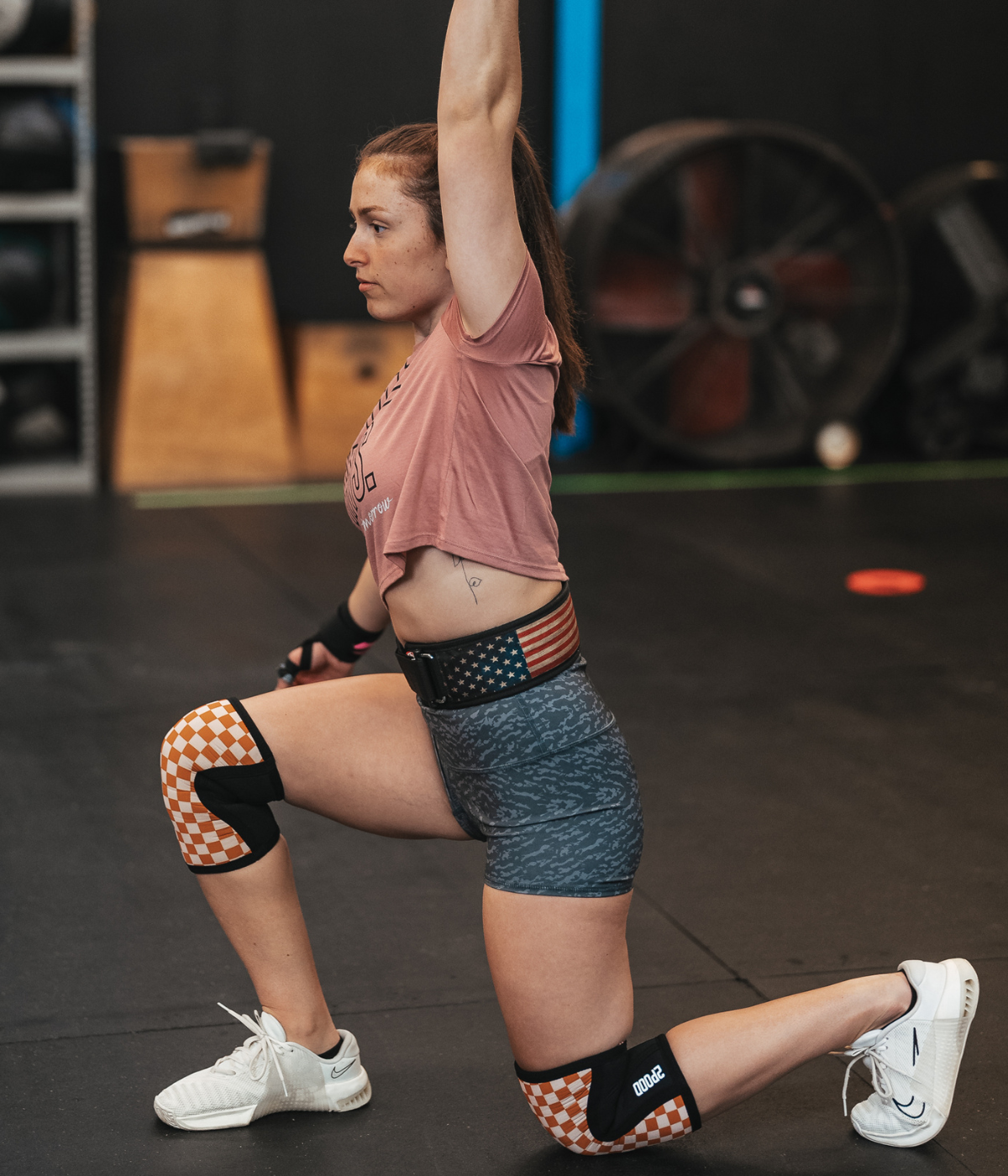

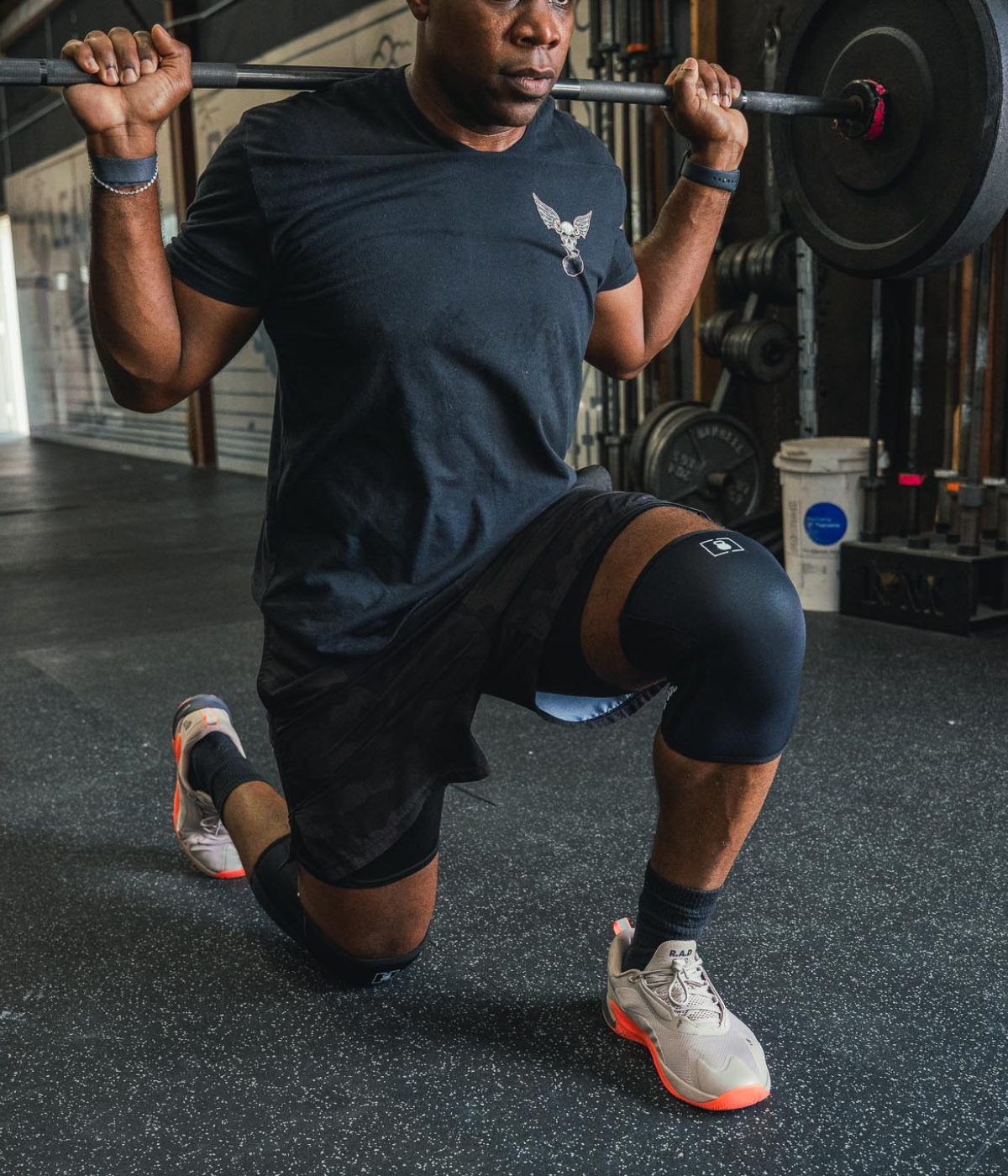

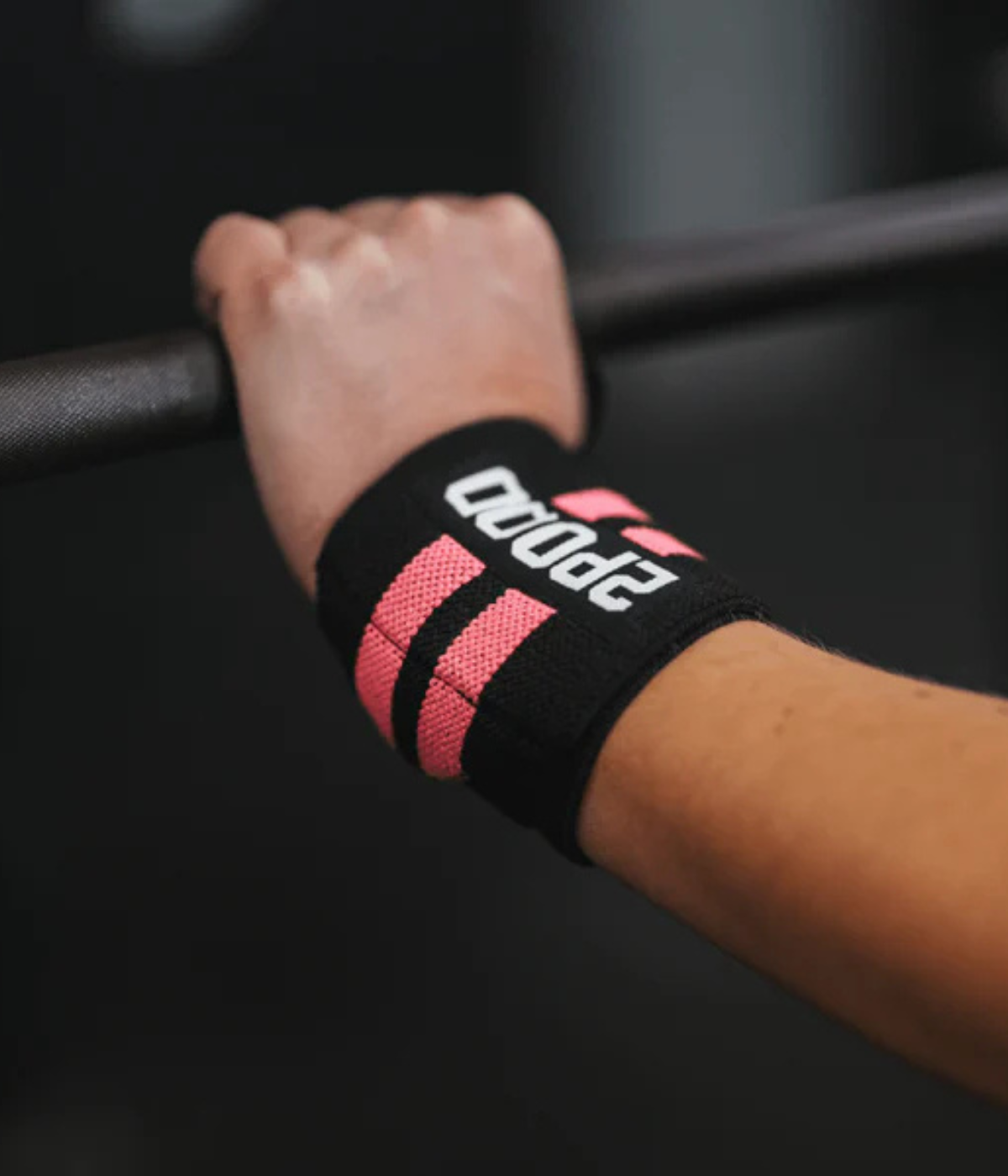






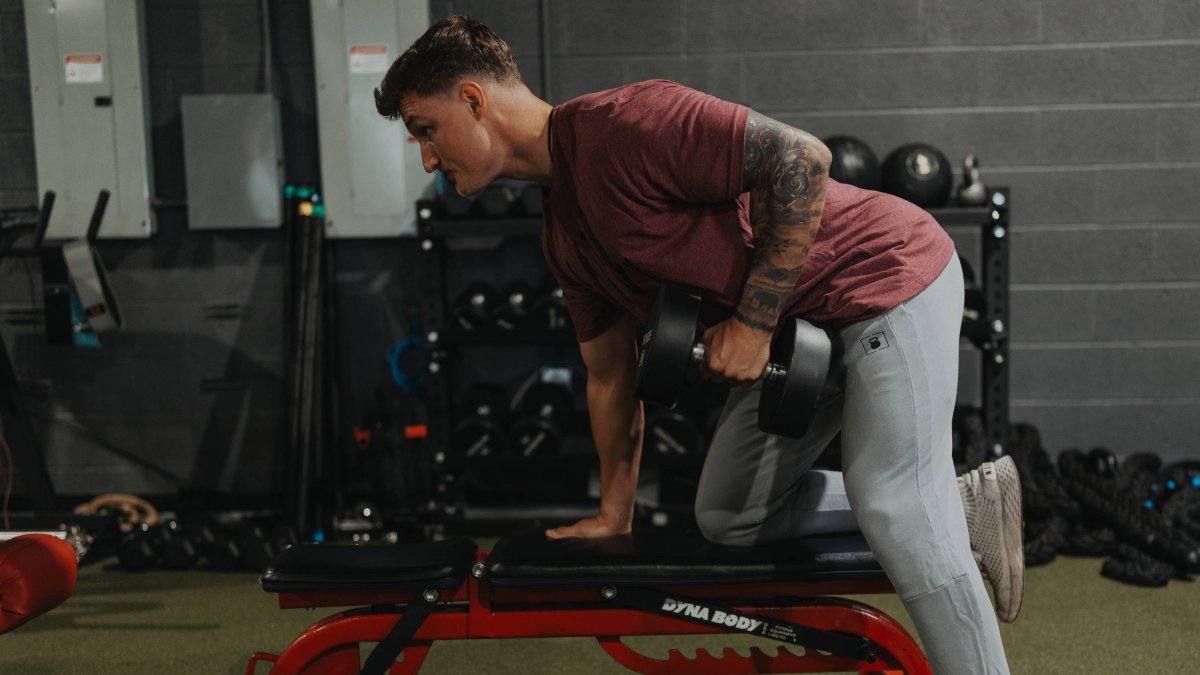
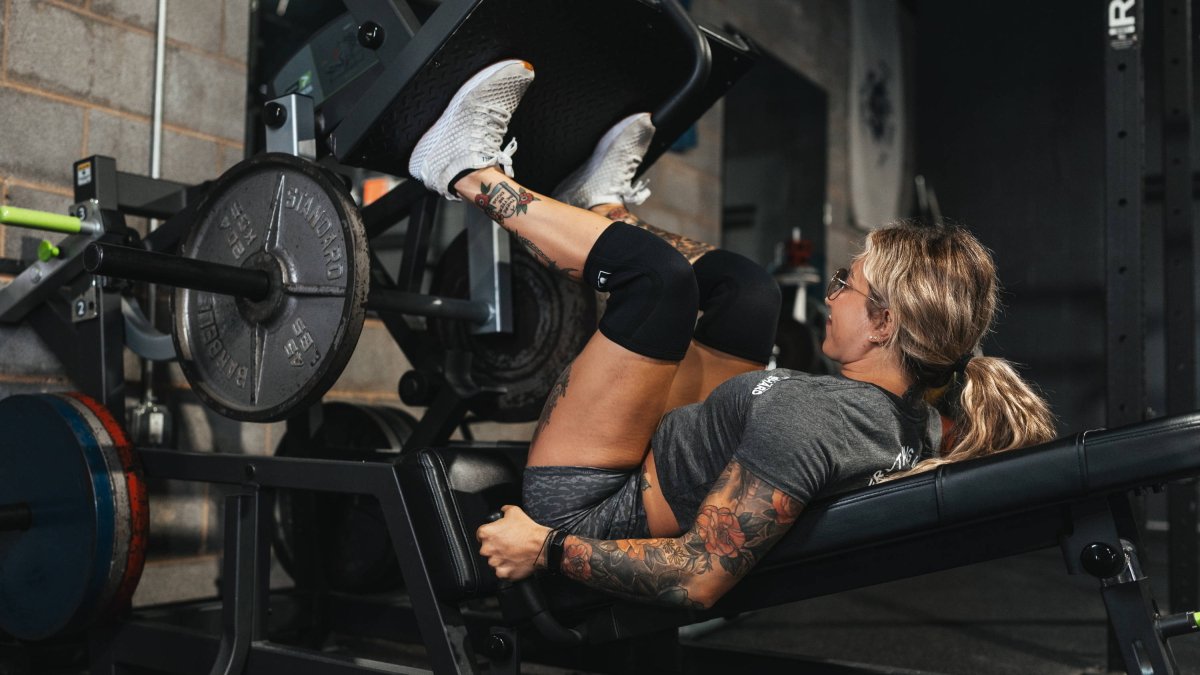
Leave a comment
All comments are moderated before being published.
This site is protected by hCaptcha and the hCaptcha Privacy Policy and Terms of Service apply.